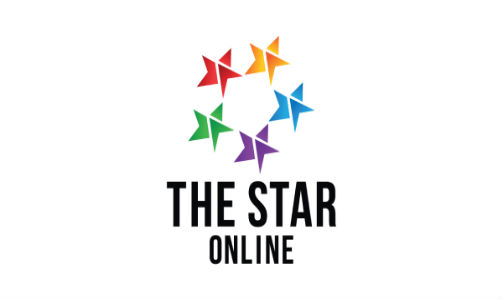A lesson in real harmony

The Star, November 7, 2013
By MARINA MAHATHIR
Sarawakians are used to living with such religious diversity and have no time for the sort of angst that we over in the peninsula have.
WHEN I was a little girl in Alor Setar, I thought that Malaya did not extend any further than my home state. I did eventually learn that in fact it was much bigger when we visited my grandparents in Kuala Lumpur. But for a long time, my child geographical imagination was severely limited.
As an adult, of course I have been all over the country. And despite being a pretty small one, there are distinct differences in environment, atmosphere and attitudes in different parts of the country, not to mention different dialects and food.
There is enough variety already within peninsular Malaysia without us even experiencing what is on offer over the water, in Sabah and Sarawak.
It is this diversity that makes our country wonderful.
Recently, I was invited to Kuching to speak to some young people about social media and whether it contributes to social cohesion.
I always jump at the chance to cross the water and it was a bit of a shock to realise that I hadn’t been to Kuching for some five years.
Besides the many culinary joys to be found there, it is always interesting to check out what Sarawakians are up to.
My hosts were two NGOs – Angkatan Zaman Mansang (Azam) and the Islamic Information Centre (IIC) – both coincidentally run by women.
Azam was set up 30 years ago to do development work among Sarawakians.
Today, they focus a lot on youths and support young people to do many things, including volunteering to bridge the gap between urban and rural youths.
The IIC is only five years old but it was set up with some particular missions in mind. The first is to educate Muslims about Islam, the second is to educate non-Muslims about Islam and the third, and most interesting of all, is to educate Muslims about other faiths.
Muslims make up only 30% of Sarawak’s population, so it would be difficult to avoid other faiths in daily life.
So IIC set out to build relationships between the different faiths so that they may understand each other better.
The centre itself strives architecturally to be inclusive, borrowing elements from the housing styles of different ethnic groups in Sarawak, including the Iban, Bidayuh, Orang Ulu, Malay and Chinese.
Their surau holds Friday prayers in English and provides translations in various local languages so that no one feels alienated in those surroundings.
Their resource centre contains many books on religion, particularly Islam, but their CEO was very proud to inform me that it contains a Bible as well.
Besides talks and panels for Muslims on Islam, they also often hold talks for non-Muslims on various aspects of the faith. And to educate Muslims about other faiths, they take groups of Muslims to visit other houses of faith to learn about them.
Last year, they organised a forum with Azam on fasting, and how it is found in every religion.
This year’s forum on social media was organised by both NGOs in the Christian Ecumenical Worship Centre and was attended by young people of every faith, including a visiting group of Muslim students from a public university in the peninsula.
Everyone was very relaxed, ate lunch together and the programme was designed so that those who had to go off to Friday prayers had ample time to get to the mosque.
While such a forum may have raised eyebrows in the peninsula, or may even not have been organised out of fears of vocal criticism from certain parties, these types of events are not at all unusual for Sarawak.
Sarawakians are used to living with such religious diversity and have no time for the sort of angst that we over here have.
Some families have members of different faiths, so excluding some people from family events and festivities is simply not an option.
I listened with astonishment the big-heartedness of the local religious authorities.
For instance, every year at the Maal Hijrah (Muslim New Year) celebrations, alongside the usual Muslim recipients of the Tokoh Maal Hijrah awards, there is always a non-Muslim, one recognised for his or her efforts to foster better relations between the different faith communities.
What’s more, the Maal Hijrah parade also includes a contingent of non-Muslims.
For someone from KL, used to the ever greater segregation on the basis of religion, this information was jaw-droppingly awesome.
But it is also sad to think of such harmony as being unusual.
Once upon a time it was not uncommon either in our part of the country.
We respected and lived with each other and did not claim names and beliefs to be exclusive to us.
But with changing attitudes, I feel as if I need to go to Kuching just to breathe.
> The views expressed are entirely the writer’s own.
Back